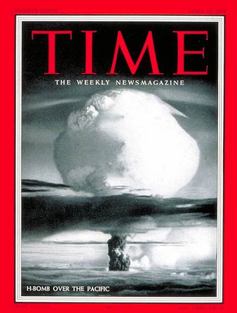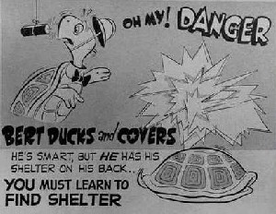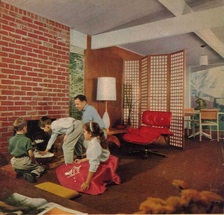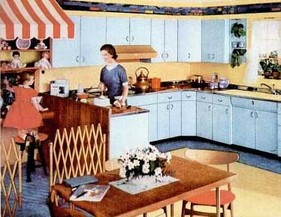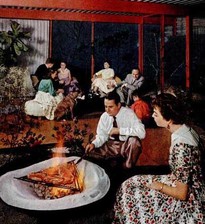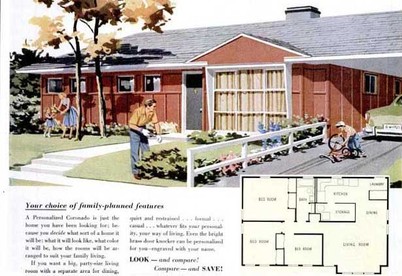20th Century American Life
"Beginning in the 1950s, the ranch house became one of the most widespread, successful, and purposeful of American housing types - a shelter of choice for both movie stars . . . and aerospace factory workers." (Hess, p. 11) Never before had an American design reached so many people. Following the mass migrations of the Great Depression, and the separation of families during World War II, the affordable ranch home unified American culture by fulfilling common desires.
Modern Appeal
Americans in the 1950s wanted to look forward. "Buoyed by the post-Second World War boom, optimistic about the future, and gripped by the idea of Progress, Americans embraced innovation as never before, in the way that they traveled, the way they brought up children, in their manners -- and in their homes. The hallmark of the period was the ranch house. . . . The casual, spread-out ranch house (it was also known as the California ranch and the rambler) had enormous appeal and by 1950 accounted for nine out of ten new houses." (Rybczynski, p. 207)
Charles Penix, Architect
Sense of Shelter
The ranch met other needs of Americans in the 1950s. During the Cold War, the explosion of the H-Bomb contributed to a frightening environment. People wanted to feel sheltered and safe.
Although modern in design, the exaggerated horizontal lines of the ranch house provided a sense of shelter and security.
Togetherness
In 1954, editors of McCall’s magazine coined the word "togetherness" to describe the new, affluent family life. According to McCall's editor Wiese, "the most impressive and the most heartening feature of this change is that men, women and children are achieving it together. They are creating this new and warmer way of life not as women alone or men alone, isolated from one another, but as a family sharing a common experience. The McCall’s theme struck a vital cord among the white middle class, and, “togetherness” soon became a catchword. . ." (Jezer, p.223)
|
1950s Father and Children (Perspective)
|
Mother and Daughter in Open Concept Kitchen
|
1950s Couple Entertaining
|
|
The open floor plan met people's desire to spend time together with family and friends. "A mother could watch her children outside through the picture window or, inside, with the popular open floor plan. This visibility was based on a new premise of zoned planning in the home. The 'activity area' of living room, dining room, and kitchen had few walls, providing as much space and togetherness as possible."
(G. Wright, p. 254) |
Connection to Nature
Following World War II, the suburbs were causing open spaces to disappear.
Walls of windows, patios, and the open concept helped provide a sense of spaciousness and a connection to nature. "If we are in tight boxes our lives are constricted, but if we are in an open space we are free." (Eric Lloyd Wright, Personal Interview)
